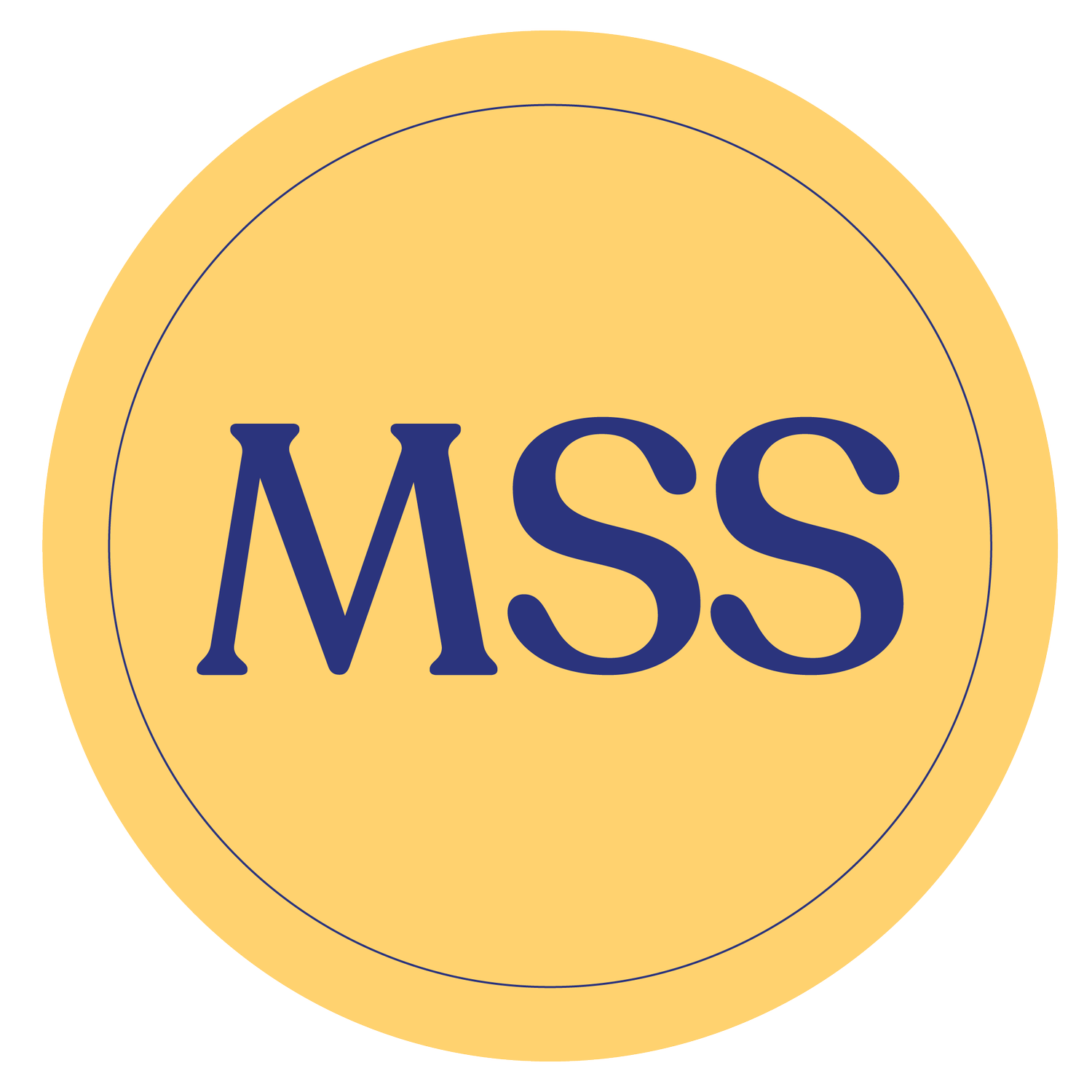
A Community of Learners
Cross-Pollination
Inspired by the exhibit of first grade impressionistic self-portraits in a shared hall, kindergarten students asked their teacher if they could try creating art employing the same medium.
“The Kindergarten artists were transfixed by the first grade self-portraits and became curious about oil pastels. In the spirit of the season of Advent, our waiting-for-the-King time, we used the bright, bold oil pastels to illuminate the Christmas Story. As we worked, we talked about how the pastels on black paper are like lights in the dark.”— Mr. Johnson
Mr. Johnson was able to capitalize on the students’ natural interest in “the big kids’ work” to introduce a new way to make art. Because Mustard Seed engages in responsive classroom practices, this kind of cross-pollination between older and younger students can have a major impact. Access to older students expands their worldview and interests while honoring the hundred languages of the child, a fundamental principle of the Reggio approach.
Peer-to-Peer Teaching
First grade student, Preston, visited the preschool to present his findings about the inner workings of the ear. Having conducted research for the book he was writing on the ear as part of his curriculum, Preston shared his newly-acquired knowledge and answered the preschoolers’ questions.
Cognitive studies have shown that peer-to-peer teaching yields benefits for both the student “teacher” and the student “learner.” In the previous example, explaining the parts of the ear and their functions reinforces Preston’s understanding and retention. Revisiting the information to answer preschool questions promotes his active learning of the material.
“Tapping into the expertise of eighth graders, the sixth and seventh grade students have an opportunity to flex their muscles. All of the students have experience writing Reader Responses. This mini-term raises the bar of expectations on that analysis and cultivates the students’ time management skills and proper work habits,.”
In addition to academic gains for the older student, multi-age scenarios also facilitate leadership and social skills. Eighth grade student, Matteo, describes his experience this year in the Fantasy Book Club:
“Your job is to make the younger students a better version of themselves and act as a role model. For this group, I was absent for a few days of the project. When I returned, the other students had not completed the deeper analysis that they were scheduled to do. It’s fine! We recovered! But I did have to explain to them when we reviewed the project how vital time management is for high school.”
“You have the chance to influence younger students’ academic development,” says Matteo. “Being a role model is what makes eighth grade so fun!”
Lower School Student Liam has had opportunities to play the role of both the mentor and the learner in partnerships with other grades. As a capstone to their study of memoirs and personal narratives, the fourth grade class composed their own narratives. They explored topics like moving to New Jersey, attending Comic Con, a family trip to the Netherlands, and a special birthday. The eighth grade class worked in pairs with Liam and his classmates to respond to the written work. They provided feedback on grammar, punctuation and content.
Alternatively, for a unit in math, Liam and his classmates were tasked with developing a problem that measuring would solve. Here are some examples that they devised and tested:
How far can you blow a measurement cube?
How many push ups can you do?
How tall are you?
After studying measurement in their math class, Liam’s class visited the first grade class to help them with their math. They assisted the measurement and recording of the first grade students’ height, and answered any questions that their younger cohorts had about measuring.
Incorporating peer instruction into the learning process cultivates active learning for both the older and the younger students. Older students must organize their understanding of the concept in order to explain it. Younger students hear the material in a fresh voice and receive personalized instruction and encouragement. Multi-age instruction has long been a hallmark of the Mustard Seed learning community as one component that makes the curriculum here both joyous and rigorous.
Multi-Grade Project-Based Learning
For their Fantasy Book Club, a required mini-term, nine groups of 3-5 Middle School students were organized by interest rather than age. Prior to mini-term, students had been provided with a list of books by authors like J. R. R. Tolkien, Madeleine L’Engle and C.S. Lewis, and encouraged to rank their favorites.
Students start composing short Reader Responses in fourth grade. By the end of fifth grade, they are writing 2-3 paragraph Reader Responses. For the Book Club, sixth, seventh and eighth graders were challenged to analyze books at an eighth grade level with the participation and leadership of an eighth grade student. The Middle School student groups had three weeks to read the book and prepare a presentation to their classmates at the end of the term. For the presentation, they were required to draw three of the characters, write a summary, give their personal opinion of the book, display a narrative arc, and provide a deeper analysis. They also had to act out an important part of their book. The skit needed to be at least 3 minutes long, and could be performed live or recorded on video to show during the presentation. The critical analysis might examine the writing style of the author, the growth of the protagonist, a hero’s journey, or a comparison and contrast of two characters.








